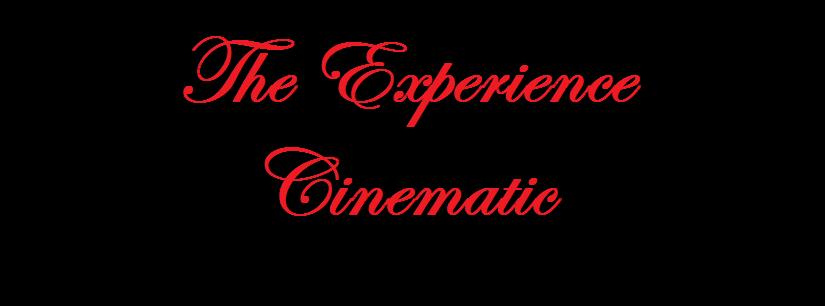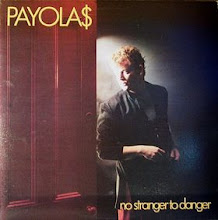
It has been nine years since I watched White Dog for the first and, till now, last time. Our teacher at the time had managed to find the film, which in light of the film’s history, must have been no simple task. Facing a volatile reaction to its content long before it was even seen, the film has only really ever been released in any substantial way on cable television, until Criterion, ever the rescuers of important cinema, released it on DVD this past year. Thankfully, the film is just as powerful today as it ever has been.
White Dog is a not so subtle examination of racial hatred and how society tries to combat such hatred. The story of the film follows Julie Sawyer (Kristie McNicol), a young actress living in the Hollywood Hills, who accidentally runs over a white German Sheppard one night, and takes the dog to the vet. Out of guilt, Julie keeps the dog while attempting to find the owner, but grows attached to the dog after it stops a rapist who breaks into her home. However, it soon becomes apparent that the dog is not a typical guard dog: rather, it has been trained as a white dog, dogs which are trained to specifically kill anyone with dark skin. Hoping to save the dog, Julie turns to a Hollywood animal training facility, where she is introduced to Keys (Paul Winfield), an animal trainer and black man who wants to deprogram the dog, in hopes of proving that such hatred can be removed without surgery or killing the dog outright.
Before the film was ever released, critics, without seeing the film, attacked the movie for its seemingly exploitative and potentially offensive premise. Certainly, such concerns are understandable: in lesser hands, this material could have easily taken a turn for the worst. Thankfully, the film is the product of two different cinematic talents: director and co-writer Samuel Fuller, a long beloved cult figure of cinema who directed films such as Shock Corridor (1963) and Pickup on South Street (1953), and then up-and-comer Curtis Hanson, who would go on to direct L.A. Confidential (1997), working as co-screenwriter here. The material is treated with respect, and while occasionally listed as a thriller, it is rather a psychological and social drama, confronting viewers with hard questions that have no easy answers.
The drama of the film hinges on a simple question: is it possible to reform, or rather cure, an individual of racist thinking? And if the answer is no, what is to be done about those who will not, or cannot, be saved from such vile tendencies? If the film will provoke a level of shock out of a modern audience, it will not be the lurid subject matter that provokes, but rather the possible conclusions to be derived from the film in answer to those questions.
This is due in part to the nature of the main protagonists of the film. While compassionate individuals, progressive in their views and actions, they are not idealized in the film as clear cut heroes. Rather, they are flawed beings whose noble intentions are undermined by errors of judgement, obsession, and hubris, resulting in dire consequences. Furthermore, the film further adds to its complexities by acknowledging the fact that such hatred belong to people we know and, sometimes, people we even love. It is no mistake that the dog of the title heroically saves Julie from a rapist near the start of the film, adding to the unsettling nature of the revelation that the dog has been trained to kill individuals based on the colour of their skin.
If one character and actor takes total command of the film though, it is without doubt Paul Winfield as Keys, in what is arguably the best work of his career, and unfortunately the least seen. Keys is a character that is defined by the tension between his calm, collected and wise exterior and internal passion and obsession to beat back racism as an internalised ideology, driving him to take greater and greater risks. In one of the film’s most stunning scenes, we get to see Keys at his most unreserved, and Winfield delivers an immense performance without going over the top as the depths of his desires become revealed to all. Oddly enough, this film was released in the same year as another film Winfield appeared in, Star Trek II: The Wrath of Khan (Meyers 1982), where he plays the mild Captain Terrell and is given little to work with on screen (as great as that film is). Yet it is that performance that is more widely scene than his work in White Dog. If for no other reason, Criterion should be thanked for ensuring that this performance is not lost.
Perhaps just as vital to the film as the characters is the use of the camera in the film. The techniques employed by Fuller manage to evoke the feeling of being a participate in the events of the film, carefully observing and following the characters and events, as if eavesdropping as we are invited to peer through cages, over fences and windows, as well as through the eyes of the titular dog. The film gains a surreal edge due to this approach, complimented by the score by Ennio Morricone that is among his more haunting works.
There are flaws in the film: there are awkward lines of dialogue, mostly given to Kristie McNichol as Julie, and a moment of over the top violence that is distracting early on. Such flaws are minor in the overall scheme of the film though, and it none of its force is lost as a result. Given its ethical complexities and more honest examination of race relations and racism than most films produced in Hollywood, White Dog is highly recommended viewing and, in the spirit of the film, one that is worth showing to a younger group of students in their teens as a way of challenging their perceptions and understandings of the issues.


Hello my friend! Any chance of seeing a review for my movie "Cheap"? I'd love to know what you think of it!
ReplyDeleteAlready in the works sir. I'm hoping to have it done soon, hopefully by Wed. at the latest.
ReplyDelete